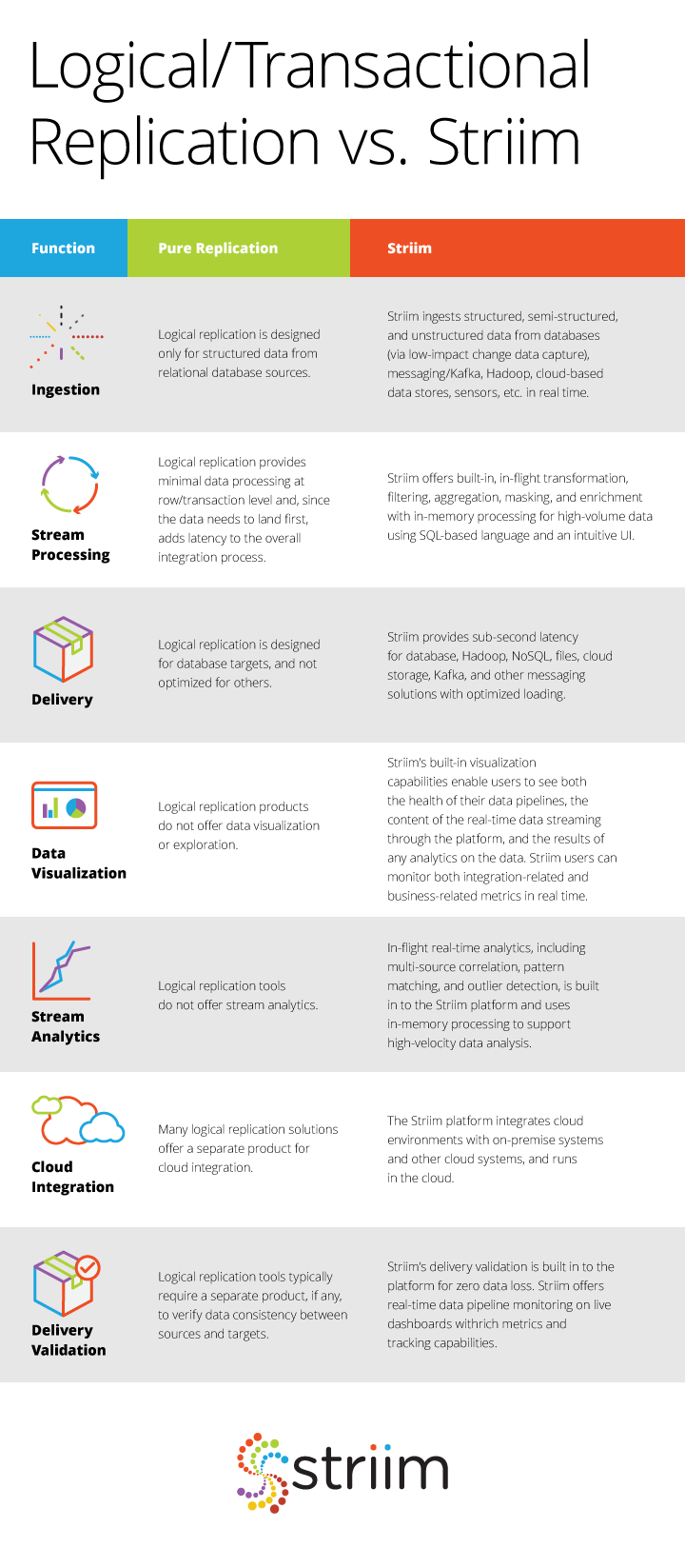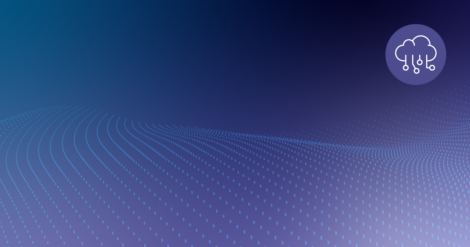Out with the old and in with the new: Streaming data integration offers so much more than traditional logical replication – from cloud integration, to advanced analytics, to support for machine learning.
There was once a time, not too long ago, when only data in databases were collected and analyzed. This sounds like a crazy concept today based on the fact that now there are a myriad of digital frameworks for data to reside in – log files in machines, connected devices, Hadoop, Kafka, cloud-based data stores and applications etc. This is due, in part, to the wide variety of sources where data originates, not to mention the insane amount of data now being created. In its day, logical replication was the best option for organizations to share data across systems with low-latency so that companies were working with the most up-to-date data possible, regardless of location.
However, over the last few years, thanks to digital transformation, we’ve seen a fundamental shift in data management, demand for faster and better analytics, and advancements in computing technologies. We’ve seen CPU and RAM get cheaper and faster, enabling organizations to ingest, process, and analyze broader types of data, in real time, regardless of what environment enterprise data is in.
While logical replication (also known as transactional replication) vendors have done their best to support integration with modern data sources and targets, they weren’t designed to reliably and securely stream high-velocity data across new IoT, advanced analytics, and cloud systems. As a result, companies who try to use logical replication systems for next-generation analytics solutions, whether on-premises or in the cloud, often feel like they’re fitting round pegs in square holes.
The Striim platform was built from the ground up with a streaming architecture in mind, offering capabilities that far exceed where transactional replication falls short to bring enterprise companies to the evolutionary next stage of a modern data architecture.
The image below succinctly details the differences between logical replication and streaming data integration, and why Striim is the better option for implementing a streaming architecture to gain maximum value from real-time data.
Companies need to work with all of their data, while it’s still relevant, in order to gain data-driven insights. A streaming architecture helps digital businesses make the most of their data assets for operational excellence, and for that, it needs solutions that go beyond just real-time data movement between databases. Companies can start building a streaming architecture with platforms like Striim that make it easy to collect, prepare, analyze, and visualize high-volume, high-velocity data (structured, semi-structured, or unstructured) from diverse set of sourcesin real time, and share with any system regardless of its location.
Learn more about how your organization can take the first step in adopting a streaming architecture by visiting the Striim website, where you can find further information about our platform’s capabilities, use cases, case studies, and other materials to guide you in the right direction. Additionally, you can download the Striim platform or schedule a demo to learn more.






















